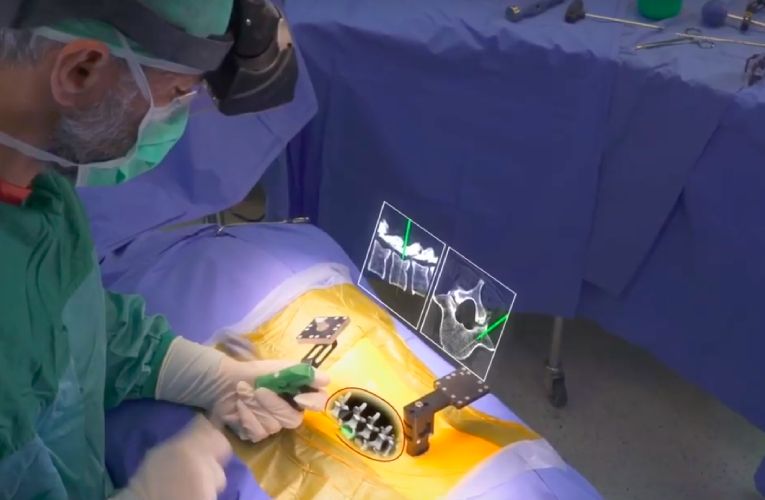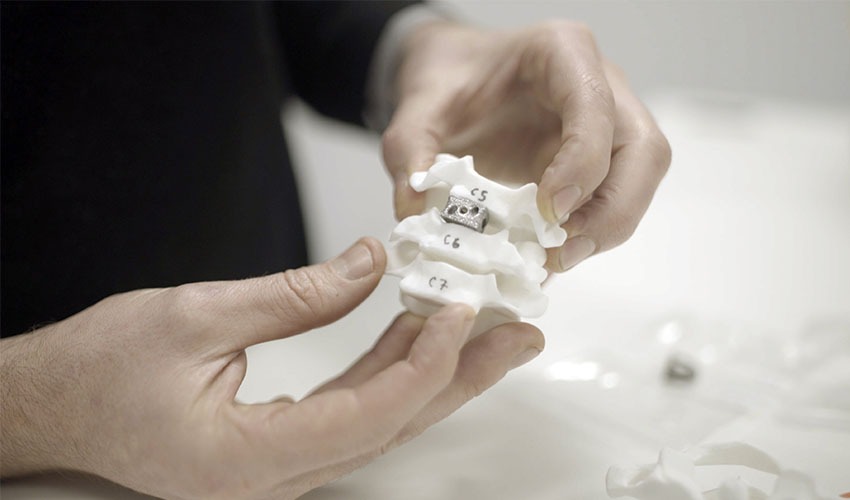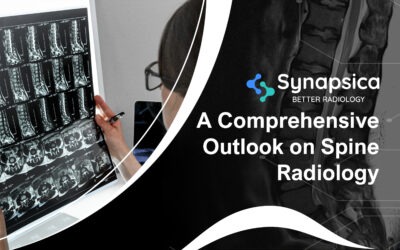
Did you know that the first spine surgery recorded in history dates back to the 7th century? The first evidence of spine surgery was discovered in Egyptian mummies in 3000 B.C.
Although there is a long and vast history of medical knowledge associated with the spine, spine surgeries were unreliable in the past because of the high rates of mortality and complications. But, spine surgery has come a long way since then.
Technology and advancements in current-day medicine have not only increased the success rate of spine surgeries but also reduced the risk of postoperative complications and the time taken for recovery.
The advent of MRIs and CT scanning was a huge milestone in spine care and spinal surgery. The development of computer-assisted navigation, robotics for screw placement, and novel techniques for minimally invasive surgeries marked a turning point in spinal surgery in the last decade. With technology evolving at an astonishingly rampant pace, many spine specialists and surgeons believe and await a new set of changes and improvements in spinal surgery in this decade.
The article talks about some of the fast-evolving and game-changing trends in spinal surgery.
1. Augmented Reality
2. 3D navigation
3. Titanium 3D printing
4. Robot-assisted surgery
5. Spinal neuromodulation
6. Quantitative imaging analysis and objective reporting
1. Augmented Reality
Augmented Reality (AR) refers to the real-time use of information in the form of graphics, text, audio, etc., integrated with real-world objects. AR, which is expected to make numerous breakthroughs in spinal surgeries, is already in its experimental phase. According to a peer-reviewed study published in Neurosurgical Focus, the accuracy of screw placement using SpineAR (a navigation-guided spine surgery platform that produces a 3D reconstructed model by incorporating real-time navigation images from intraoperative images) was highly positive.

Vik Mehta, MD, a neurosurgeon specializing in complex and minimally invasive brain and spine surgery, believes that the safety and efficacy of AR will be optimized with the fast-growing health data. AR is expected to be an important part of spinal surgery in the near future.
2. 3D navigation
3D navigation is slowly becoming a ‘standard of care’ in several major health systems, as it can increase the accuracy of implant placements, decrease radiation exposure, and have other advantages like better implant selection and tumor resection. Experts believe that 3D navigation will not just increase the accuracy of implant placements, but will also help physicians explore easier positioning of patients. For instance, screw placement in LLIF (Lateral Lumbar Interbody Fusion) surgeries in a lateral position.
3. Titanium 3D printing
The continuous development of 3D printing has promoted spinal implants significantly, particularly in the case of bone fusion. Titanium 3D printing is gaining more popularity as it is very strong, highly precise, and can have features as small as 0.25mm. Titanium 3D-printed cages provide a peculiar geometry that is believed to promote fusion by enabling the ingrowth of bony cells from the endplates into the cage.

4. Robot-assisted surgery
The role of robotics in spinal surgery is likely to expand in the coming years. Particularly, with big data and AI becoming a major part of modern-day patient care, robot-assisted surgery is anticipated to become the new normal of spinal surgery. In fact, many health systems have already started doing robot-assisted spinal surgeries.
For example, Hoag’s Pickup Family Neuroscience Institute is the first healthcare provider on the West Coast to use the Mazor X Stealth Edition robotic guidance platform for spine surgeries.
The other advantages of robot-assisted spinal surgeries include less patient exposure to radiation, faster surgeries, speedy recovery, and minimized pain.
5. Spinal neuromodulation
Spinal cord stimulation or neuromodulation, which is used in chronic back pain management, is gaining more relevance in spine care with the recent advances and approaches in this field. Neuromodulation can help in both chronic back pain management and reduce the adverse effects of other types of chronic pain treatment like narcotics, ablations, injections, etc.
Besides disorders that have failed conventional surgery, spinal neuromodulation will also be used for indications like diabetes and other painful neuropathies in the coming years.
Suggested read: Getting the spine diagnosis right with AI
6. Quantitative imaging analysis and objective reporting
While quantitative imaging analysis and objective reporting is an age-old concept, it isn’t widely used in radiology, let alone spine care, as it is a laborious process. However, advanced technologies like AI are facilitating quick and easy quantitative imaging analysis and objective reporting through automation.
Experts believe that quantitative imaging analysis will enable early and accurate diagnosis of asymptomatic spine ailments like disc herniation, osteoporosis, spine canal or neural stenosis, etc. Objective reporting is deemed to shorten the communication gap between radiologists and physicians (including surgeons) and improve the quality of treatment and post-operative patient care.
At Synapsica, we are building radiology solutions with revolutionary cutting-edge technologies like AI and deep learning to improve the speed and accuracy of spine diagnosis and reporting. Our new-age AI tools, Spindle and SpindleX, can automate spine image reading, perform quantitative imaging analysis, and generate objective reports while reducing the TAT to as low as 80%.
Check out how you can do more with less using our AI tools in this 2-minute video.

